Zhenxiang Tao
Enhancing Emergency Decision-making with Knowledge Graphs and Large Language Models
Nov 15, 2023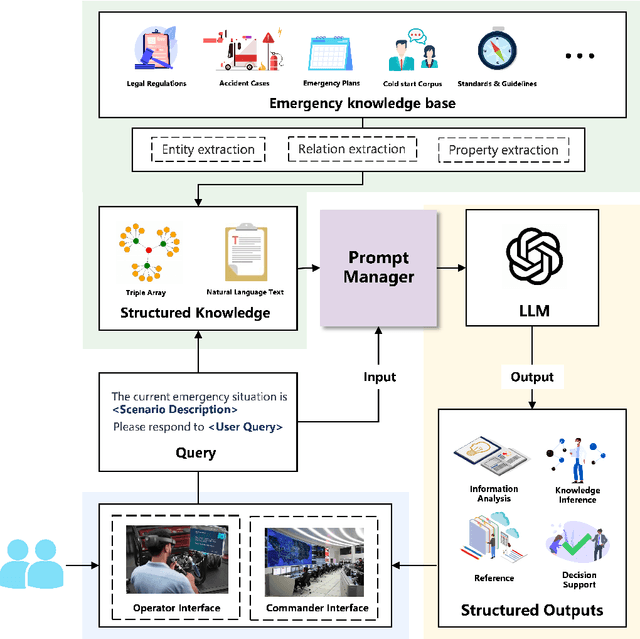

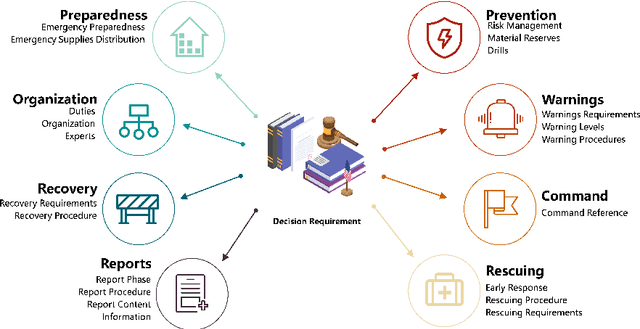

Abstract:Emergency management urgently requires comprehensive knowledge while having a high possibility to go beyond individuals' cognitive scope. Therefore, artificial intelligence(AI) supported decision-making under that circumstance is of vital importance. Recent emerging large language models (LLM) provide a new direction for enhancing targeted machine intelligence. However, the utilization of LLM directly would inevitably introduce unreliable output for its inherent issue of hallucination and poor reasoning skills. In this work, we develop a system called Enhancing Emergency decision-making with Knowledge Graph and LLM (E-KELL), which provides evidence-based decision-making in various emergency stages. The study constructs a structured emergency knowledge graph and guides LLMs to reason over it via a prompt chain. In real-world evaluations, E-KELL receives scores of 9.06, 9.09, 9.03, and 9.09 in comprehensibility, accuracy, conciseness, and instructiveness from a group of emergency commanders and firefighters, demonstrating a significant improvement across various situations compared to baseline models. This work introduces a novel approach to providing reliable emergency decision support.
Unveiling personnel movement in a larger indoor area with a non-overlapping multi-camera system
Apr 10, 2021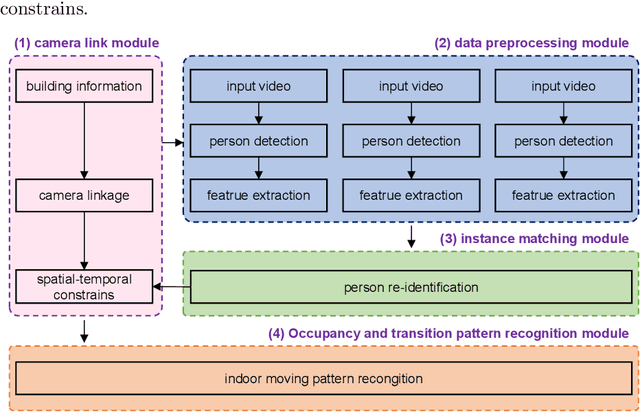
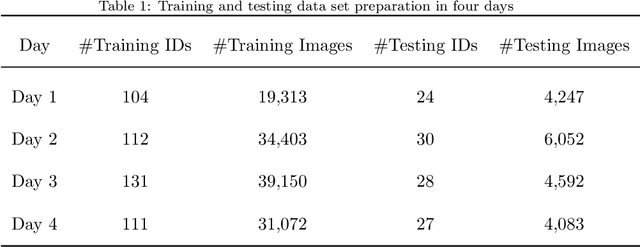
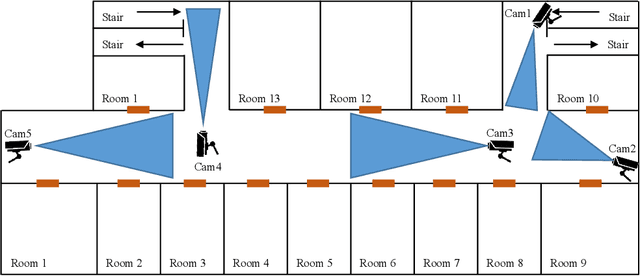

Abstract:Surveillance cameras are widely applied for indoor occupancy measurement and human movement perception, which benefit for building energy management and social security. To address the challenges of limited view angle of single camera as well as lacking of inter-camera collaboration, this study presents a non-overlapping multi-camera system to enlarge the surveillance area and devotes to retrieve the same person appeared from different camera views. The system is deployed in an office building and four-day videos are collected. By training a deep convolutional neural network, the proposed system first extracts the appearance feature embeddings of each personal image, which detected from different cameras, for similarity comparison. Then, a stochastic inter-camera transition matrix is associated with appearance feature for further improving the person re-identification ranking results. Finally, a noise-suppression explanation is given for analyzing the matching improvements. This paper expands the scope of indoor movement perception based on non-overlapping multiple cameras and improves the accuracy of pedestrian re-identification without introducing additional types of sensors.
 Add to Chrome
Add to Chrome Add to Firefox
Add to Firefox Add to Edge
Add to Edge